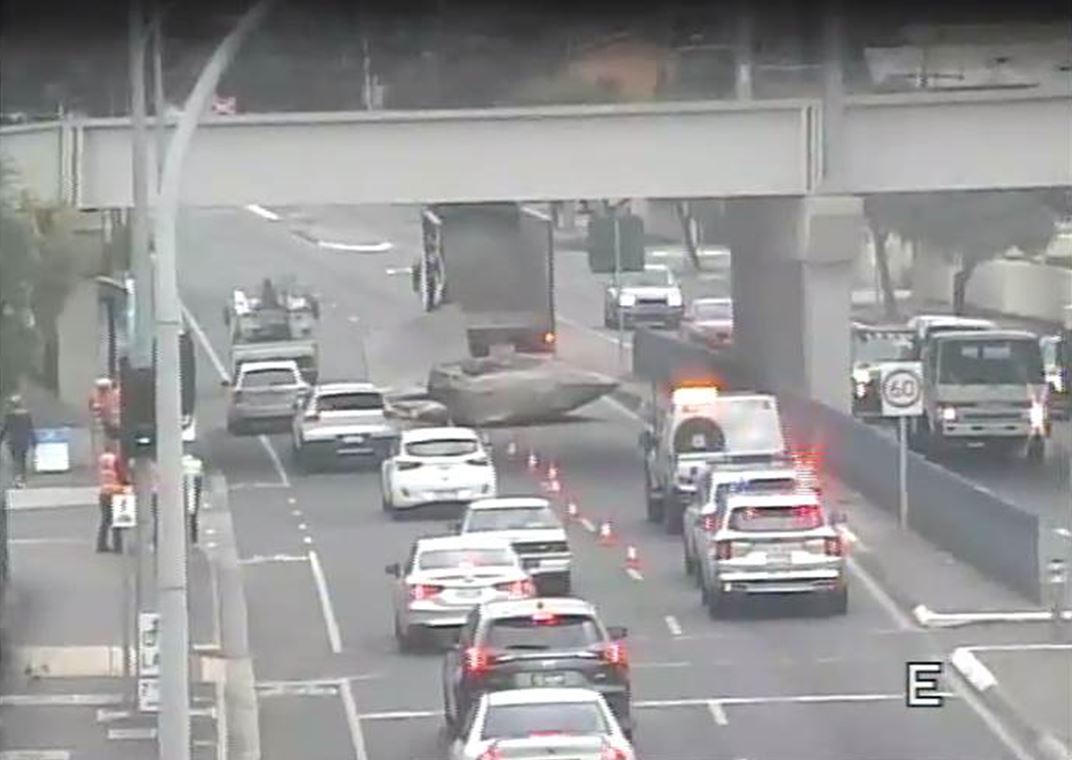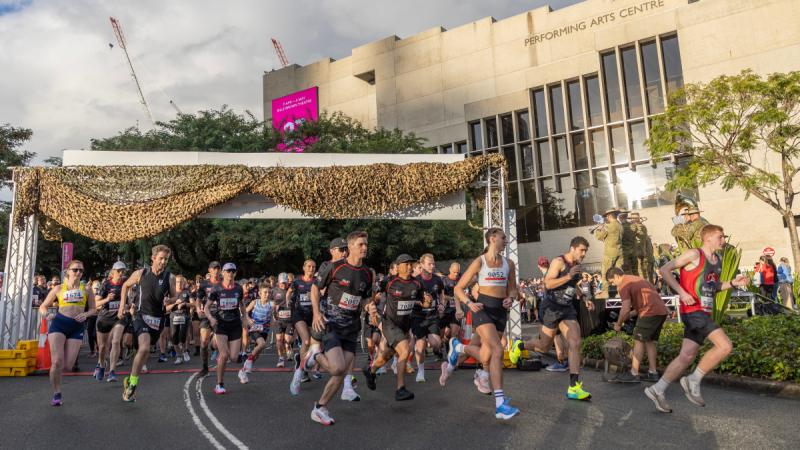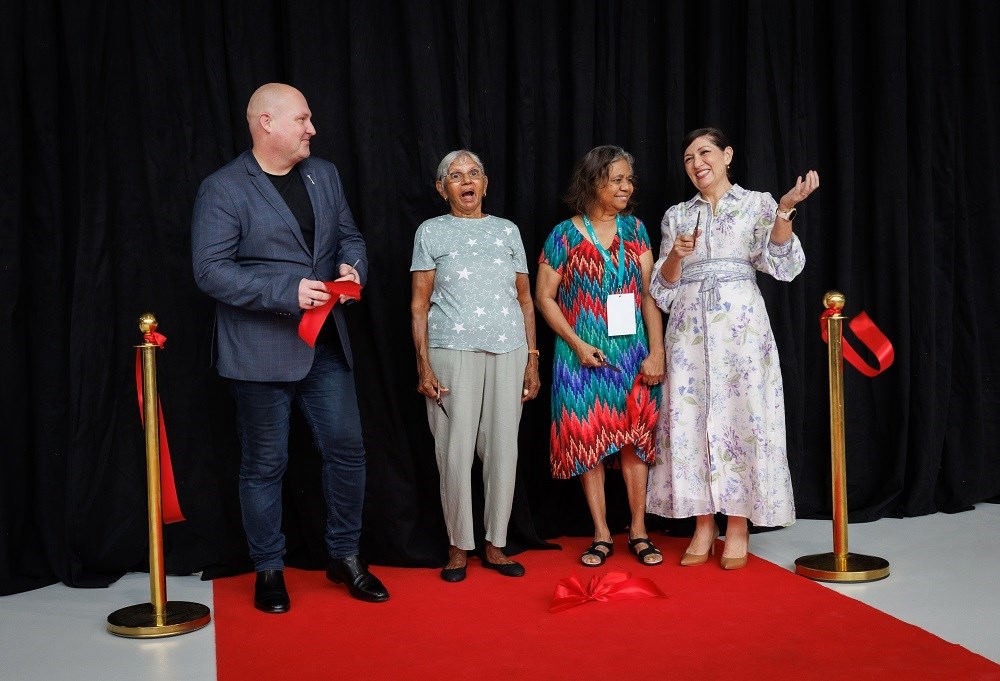The Federal Government has been caught diverting millions of dollars in capital funding to pay for cafes, dance studios and drama theatres in wealthy private schools.
The funding was taken from a federal capital grants program that the Department of Education says is supposed to be for schools that lack the capacity to raise funds.
Australian Education Union Federal President Correna Haythorpe said the cash splash for private schools contrasted with the absence of any federal funding for public schools to cope with growing enrolments.
“Sadly this is just another example of the Morrison Government putting private schools first,” Ms Haythorpe said.
“Scott Morrison can find millions of dollars to pay for art and drama studios in elite private schools but he can’t find the money to pay for new public schools or expand existing ones to cope with rising enrolments.”
The capital grants for 2019 and 2018, first obtained under FOI, and now published, include the following examples:
- $3.6 million for St Scholastica’s College in Sydney to pay for art, music and drama facilities as well as change rooms and a fitness area. This elite Catholic school has 56% of students from the top socio-educational quartile and received over $19 million in recurrent income in 2017.
- $500,000 for St George Christian School in Sydney for a multi-purpose sports court, visual arts rooms and general learning areas. This elite school where 63% of students are from the top socio-educational quartile and 1% from the bottom quartile spent almost $10 million on capital works between 2015 and 2017 and is spending $14 million expanding its facilities.
- $600,000 for St Columba Anglican School in Port Macquarie to pay for a sustainability centre with outdoor amphitheatre seating. The school also got $950,000 in 2016 for a performing arts centre for music, dance and drama studios, a 320 seat theatre and 12 practice studios. The school has only five per cent of students from the bottom socio-educational quartile.
- $3.5 million for Marist Catholic College Penshurst for general and specialist facilities including a hall for fitness. The school also got $5.9 million in 2015 to pay for redevelopments including music performance spaces, a café, kitchen and theatrette. Total capital works spending 2015-2017 was $31 million.
- $6 million for William Clarke College in Sydney to help pay for a STEAM building with kitchens, media and sound studios, art, science and woodwork facilities. This school generated $26 million in recurrent funding in 2017 and the STEAM building is reported to be a $15 to $20 million project. Two per cent of students at the school are from the bottom socio-educational quartile.
- $750,000 for Lycee Condoret the International French School of Sydney to pay for a sports hall, rooftop play area and general learning spaces. This school has 62% of students from the top socio-educational quartile and 3% from the bottom quartile and generated over $13 million in recurrent income in 2017.
Other schools to benefit under the Coalition include one of Tasmania’s richest, Launceston Church Grammar, which got $525,000 for a student café and roadworks.
Ms Haythorpe said Mr Morrison and Mr Turnbull increased the private school capital fund by $300 million in 2017 while at the same time putting an end to capital funding for public schools.
Instead of the combined stream of recurrent and capital funding that had been in place since 2009, all federal funding for public schools was directed towards a recurrent target of 20% of the Schooling Resource Standard.
“Not only has Scott Morrison cut $14 billion from public schools he was also the treasurer who stopped capital funding for public schools altogether,” she said.
The NSW Government protested against this inequity in its submission to the Gonski 2.0 inquiry stating: “Current Commonwealth funding arrangements provide recurrent funding to government and non-government schools against the Schooling Resource Standard as well as capital funding to non-government schools. NSW has significantly increased its capital commitment to all schools and the Commonwealth should also consider contributing to meet the future needs of communities for schools.”








